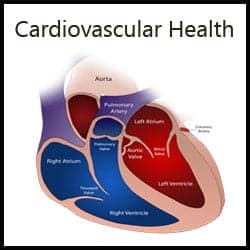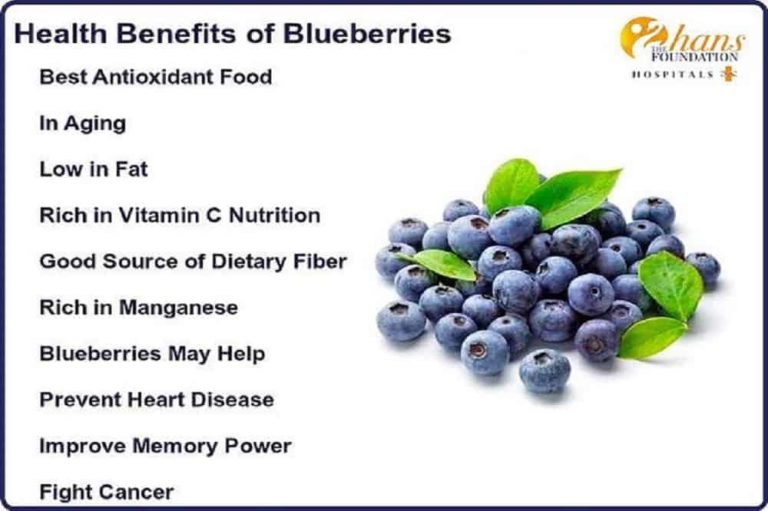Your cart is currently empty!
Nutritional Benefits Of Almonds
Although most people view almonds as a type of nut, technically, they are not. Almonds are the seeds of the fruit of the almond tree, a mid-sized tree with aromatic pink and white flowers. There are two types of almonds: sweet and bitter. Only the sweet is what customers eat. Bitter almonds make almond oil.
The current belief is that almonds originated in North Africa and western Asia and have grown for thousands of years. There are mentions of almonds in the Bible. Today, almonds flourish in countries that border the Mediterranean Sea, such as Spain and Italy. In the United States, they currently grow in California. Known to be high in fat, almonds have been shunned by some people concerned about weight gain. Is that a wise choice?
Cardiovascular Health

Led by Canadian David J. A. Jenkins, MD, a group of researchers have conducted several studies on almonds and other foods that tend to lower bad (low-density lipoprotein, or LDL) cholesterol. One study that is frequently noted was published in 2002 in Circulation. The three-month study included 15 men and 12 postmenopausal women (average age 64) with elevated cholesterol levels. Their mean total cholesterol level was 260 milligrams per deciliter (mg/dl). During the first month, the participants consumed 74 grams of almonds daily. That meant that almonds comprised almost 25 percent of their diets. During the second month, they ate about 37 grams of almonds daily. In the last month, they had a tea low-saturated-fat whole-wheat muffin.
The results were genuinely stunning. When the participants ate the half-portion of almonds, their LDL cholesterol levels dropped an average of 4.4 percent; when they ate the entire portion, their LDL levels dropped an average of 9.4 percent. The whole wheat muffins did not appear to affect cholesterol levels significantly. The researchers concluded that “almonds used as snacks in the diets of hyperlipidemic subjects significantly reduce coronary heart disease risk factors, probably partly because of the non-fat (protein and fiber) and mono-unsaturated fatty acid components of the nuts.”
Almonds And The Portfolio Eating Plan
Another study led by Dr. Jenkins was published in 2006 in The American Journal of Clinical Nutrition. In the study, people followed a dietary plan called the Portfolio Eating Plan. The plan includes lipid-lowering foods such as plant sterols, viscous fiber, soy protein, and almonds. The subjects were studied for a year. Almost one-third of the 55 people who completed the study reduced their LDL (bad) cholesterol by more than 20 percent. That’s the same reduction by people who take the first generation of statin drugs, such as Pravastatin (Pravachol).
Dr. Jenkins was also interested in the Portfolio diet’s role in helping control blood pressure. When he and his associates studied the association between cholesterol-lowering foods and blood pressure, they found that these foods had a strong impact. In an article published in June 2008 in the European Journal of Clinical Nutrition, the researchers noted, “A dietary portfolio of plant-based cholesterol-lowering foods reduced blood pressure significantly, related to almond intake. The dietary portfolio of combining a range of cholesterol-lowering foods may benefit cardiovascular disease risk by reducing serum lipids and blood pressure”.
Weight Management
Could eating almonds help people lose weight? A study published in 2003 in the International Journal of Obesity placed 65 overweight or obese people on either an almond-enriched low-calorie diet or a low-calorie diet high in complex carbohydrates. While both diets contained the same amount of calories and equivalent amounts of protein, the people eating the almond-enriched diet consumed 39 percent of their calories from fat and 25 percent from monounsaturated fat; the people on the high-complex carbohydrates diet consumed only 18 percent of their calories from fat, of which 5 percent was monounsaturated fat. Fifty-three percent of their calories came from carbohydrates. At the end of 24 weeks, the almond-eating people lost more weight and body fat. They also had reductions in total body water and systolic blood pressure.
The Almond Diet And Type 1 Diabetes
The almond diet appeared more beneficial for those with type 1 diabetes. Ninety-six percent of the issues with type 1 diabetes who ate the almond diet could reduce their medication; only 50 percent of those on the complex carbohydrate diet could do that. The researchers concluded that “Almond supplementation of a formula based LCD [low-calorie diet] is a novel alternative to self-selected complex carbohydrates and has a potential role in reducing the public health implications of obesity.
Two Purdue University researchers conducted another almond weight study. The publishing of this work was in 2007 in the British Journal of Nutrition. In a 23-week crossover study that included 20 women with a mean age of 24 and a mean body mass index (BMI) of 25. The random participants would either eat a diet with almonds or their usual diet. The almond group added about two ounces of per day almonds to their regular diet. That’s a whopping 344 calories! The control group ate their normal diet and no almonds.
After ten weeks, everyone had a three-week washout period. Then, the control group ate almonds daily for ten weeks, and the original almond group ate no almonds. The researchers found that participants who ate the almonds did not gain weight. How could that be? Since the participants felt satisfied, they reduced their consumption of other foods. The researchers also observed that the subjects who ate almonds tended to eat smaller amounts of carbohydrates. So, almonds replaced carbohydrate rich foods.
Mental Well-Being And Nutritional Benefits Of Almonds

In a study published in 2004 in the British Journal of Nutrition, researchers from California’s Loma Linda University studied some of the benefits of adding almonds to the diet. Almonds were added to the diets of 81 men and women between the ages of 25 and 70. During the first six months of the study, the participants ate their usual diet; during the second six months, everyone added an average of 52 grams of almonds to their daily diet. The researchers found that by including the nutritional benefits of almonds in their diets, the subjects increased their intake of monounsaturated and polyunsaturated fats, dietary fiber, vegetable protein, alpha-tocopherol, vitamin E, magnesium, and copper. At the same time, the subjects reduced their intake of trans fats, sodium, cholesterol, and sugars. The researchers noted, “These spontaneous nutrient changes closely match the dietary recommendations to prevent cardiovascular and other chronic diseases.”
In a study conducted at the Jean Mayer U.S. Department of Agriculture (USDA) Human Nutrition Research Center on Aging at Tufts University in Boston and published in 2005 in The Journal of Nutrition, researchers determined that the antioxidants in the skin of almonds and the vitamin E contained within almonds are a potent antioxidant team. (Also Read Can You Eat Raw Almonds?) Thus, while the flavonoids in almond skins enhanced LDL’s resistance to oxidation by 18 percent (making them less sticky and therefore less likely to clog arteries), when combined with the vitamin E from inside almonds, LDL’s resistance to oxidation soared. The researchers also identified 20 powerful antioxidants in almond skins. People who eat almonds with skins significantly increase the number of flavonoids and vitamin E in their bodies.
Extra Knowledge
Those who have kidney or gallbladder problems are often told not to eat foods with oxalates. Since almonds contain oxalates, people with kidney or gall bladder problems should discuss this issue with their health providers before consuming bulk amounts of almonds. Should almonds be a regular part of the diet? Absolutely.







